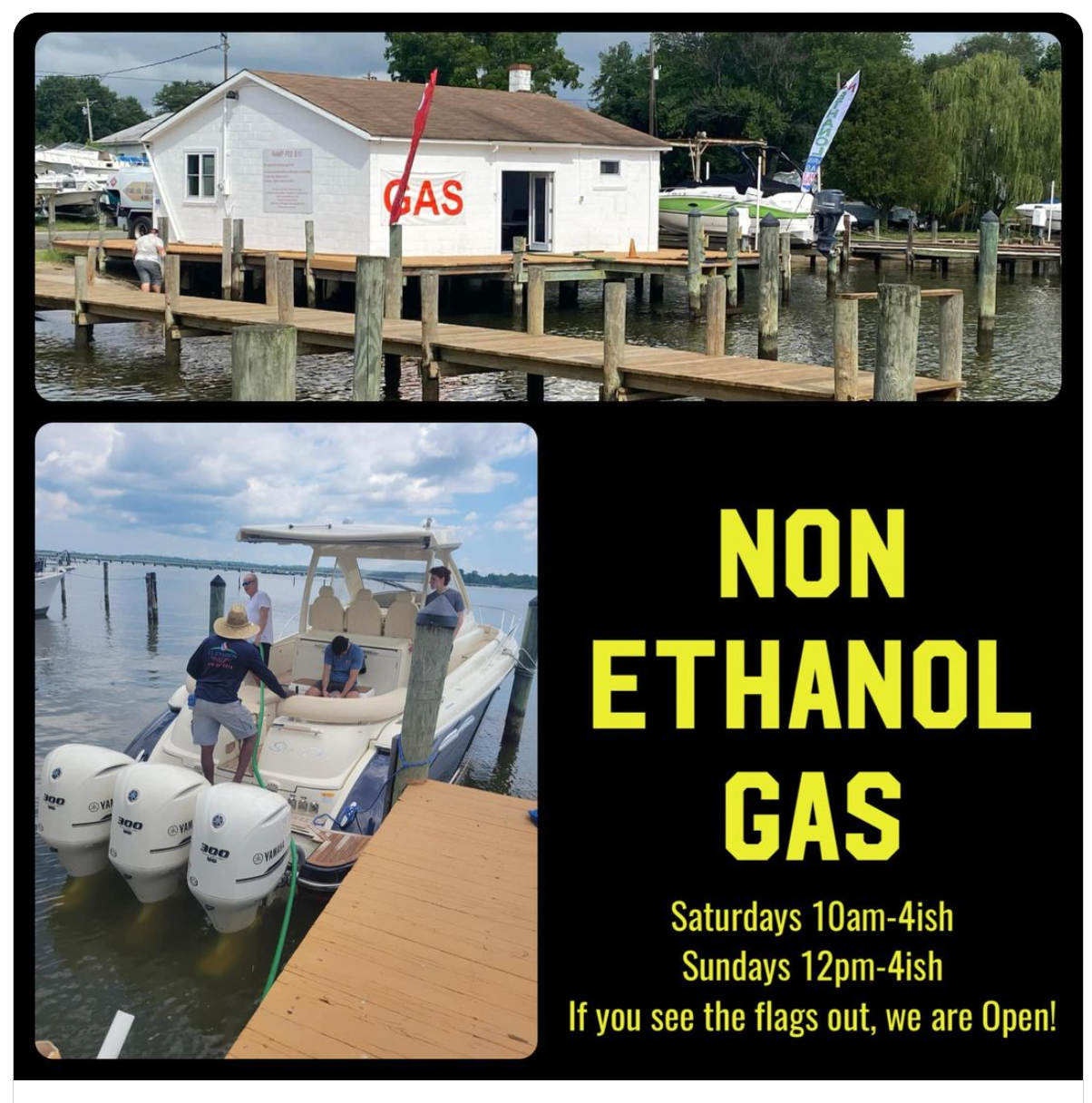Non Ethanol Gas: We Open at the Benedict Gas Dock!

Location:
Charles county side . Across from calvert boat ramp...
Saturday’s 10am-4ish
Sunday’s 12pm-4ish
If the flags are out we are OPEN!
Unveiling Ethanol Gas: A Comprehensive Exploration of its Impact and Applications
Ethanol, a renewable and versatile fuel, has become an integral component of the modern energy landscape, significantly influencing the automotive and environmental sectors. This article aims to unravel the intricacies of ethanol gas, shedding light on its production, impact on vehicle performance, environmental implications, and its role in shaping the energy industry.
Understanding Ethanol Gas
Ethanol, a biofuel derived from various plant materials, is widely used as a blending component in gasoline. Its prevalence in the fuel market is evident, with over 98% of gasoline in the United States containing some ethanol. The most common blend, E10, consists of 10% ethanol and 90% gasoline, while E85, a high-level ethanol blend containing 51% to 83% ethanol, is utilized in flexible fuel vehicles.
Impact on Vehicle Performance
The integration of ethanol in gasoline has implications for vehicle performance and fuel economy. Ethanol contains less energy per gallon than gasoline, with denatured ethanol (98% ethanol) containing about 30% less energy than gasoline per gallon. As a result, vehicle fuel economy may decrease by approximately 3% when using E10 relative to gasoline that does not contain fuel ethanol. However, the energy content of denaturant is comparable to that of pure gasoline, highlighting the balance between energy efficiency and ethanol content.
Environmental Implications
Ethanol has the potential to reduce carbon and vehicle emissions.
Ethanol's Role in Energy Independence
Ethanol's significance extends beyond its environmental impact, playing a pivotal role in enhancing energy independence and reducing reliance on traditional fossil fuels. Its renewable nature and widespread availability contribute to diversifying the energy mix, thereby bolstering energy security and resilience.
Ethanol Blends and Market Presence
The market presence of ethanol blends, including E15 and E85, continues to expand, offering consumers a range of options for fueling their vehicles. E15, approved for use in model year 2001 and newer light-duty conventional gas vehicles, is gaining traction, while E85 serves as a high-level ethanol blend suitable for flexible fuel vehicles.
Conclusion
Ethanol gas, as a renewable and widely utilized biofuel, has become an integral component of the fuel landscape, shaping vehicle performance, environmental sustainability, and energy independence. Ethanol's role in diversifying the energy mix and reducing carbon emissions underscores its significance in the transition towards a more sustainable energy future.



